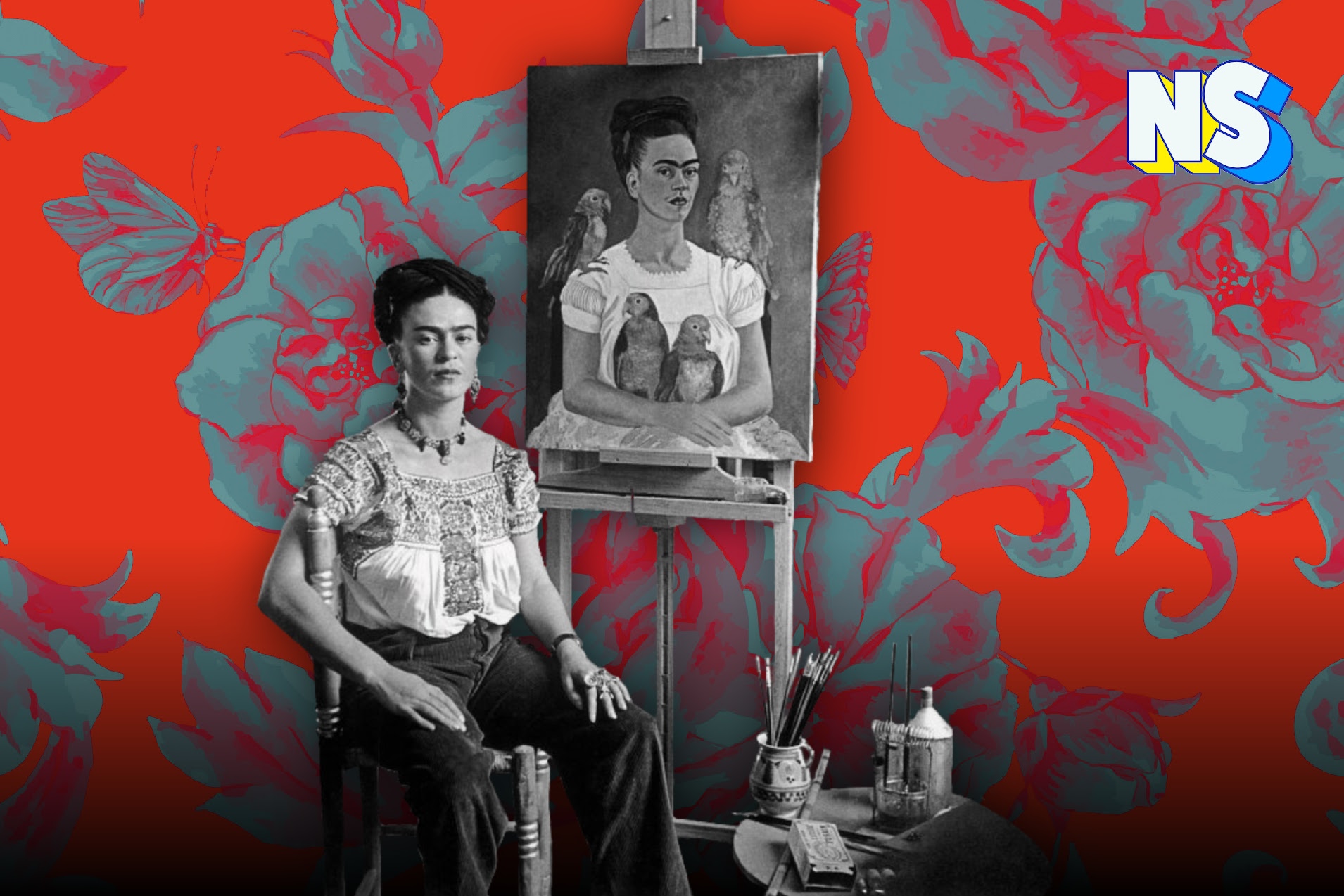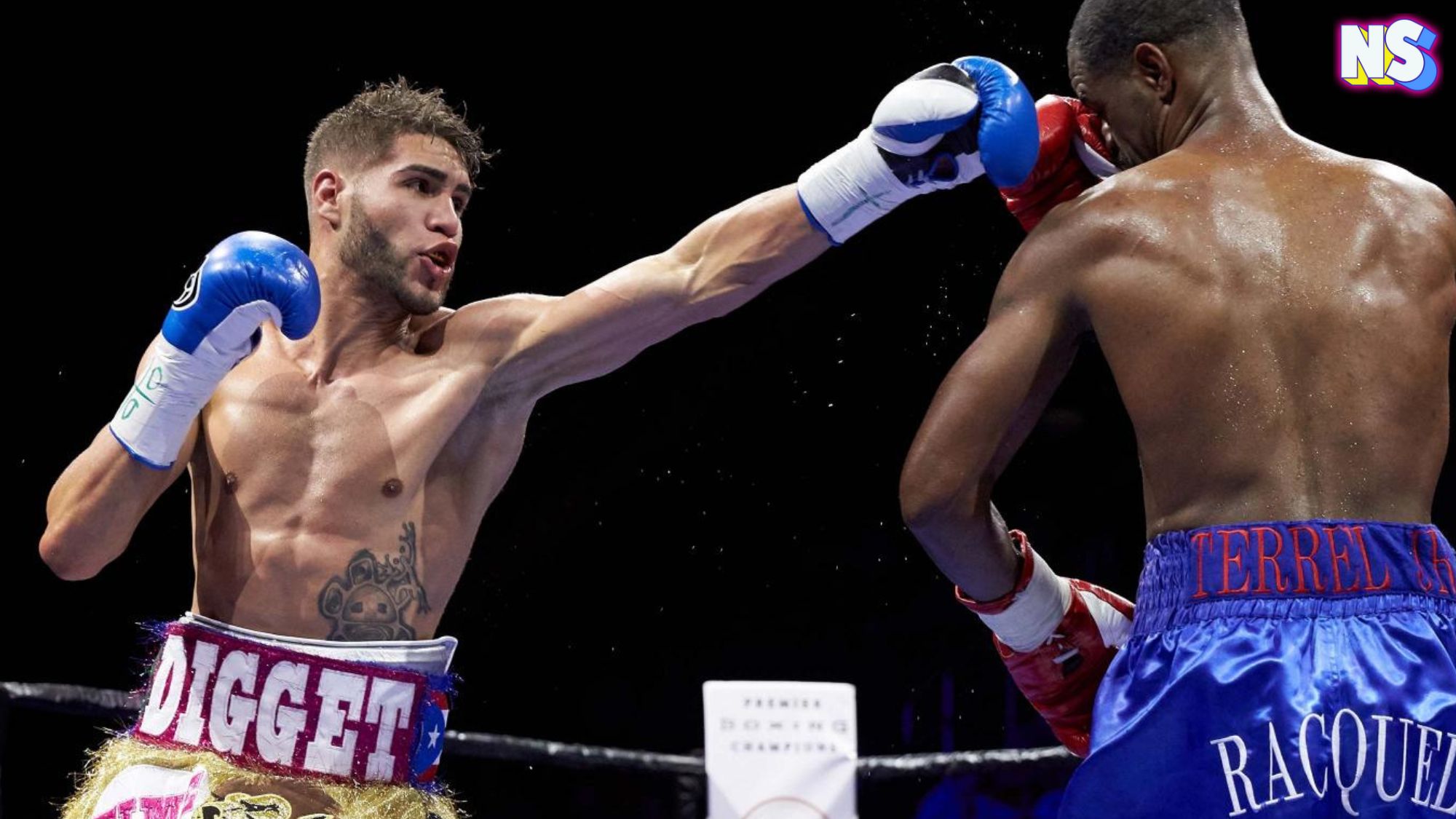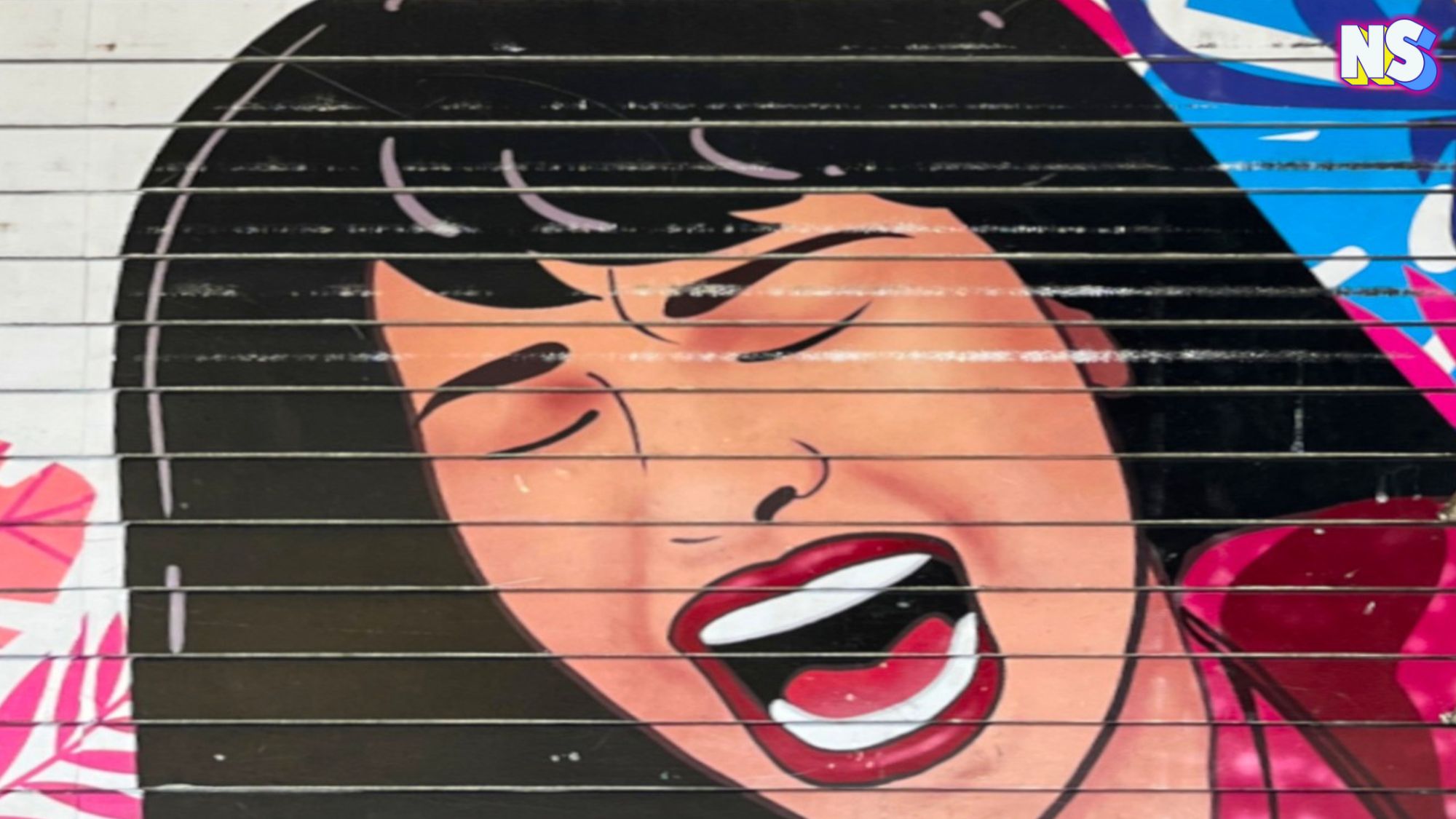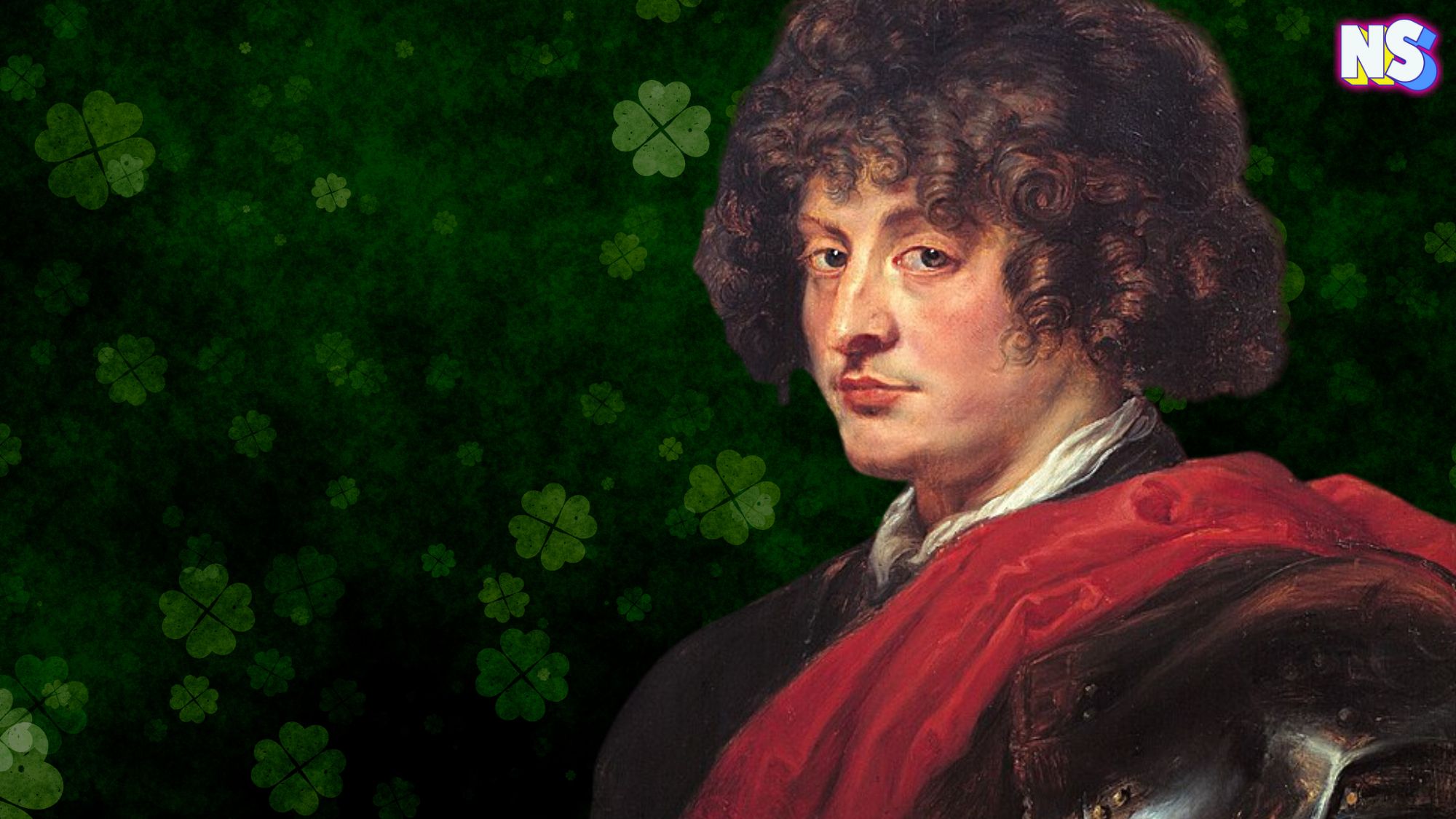Image courtesy of Nuestro Stories.
It takes a formidable character to inspire future generations almost seven decades after one’s death, and Mexican painter Frida Kahlo does just that. She is a presence we all recognize, and the intimate power of her work fools us into believing we know her well. That is her allure.
Her persona commands an enduring pull — her unsmiling face, framed by her black hair braided with colorful ribbons, her unibrow and dark eyes staring out defiantly from her surrealist self-portraits, daring the observer to understand and not judge, just look.
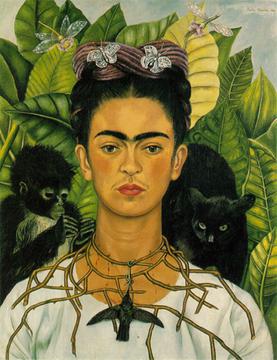
Frida Kahlo, the pioneer
Years before it was even a thing, Frida Kahlo was already the Queen of Selfies. She famously said: “I paint myself because I am often so alone, and because I am the subject I know best.”
Kahlo produced some 200 powerful works, and more than 55 were self-portraits — some of the most famous being The Two Fridas (1939), The Broken Column (1944), and Diego in My Thoughts (1943). Today these portraits can fetch up to 5 million.
What fixates anyone who stands before a Kahlo portrait is herself – the pain of her broken body after a horrific accident, her strength, and her torturous love for her husband, Mexican painter Diego Rivera — her toad.
She also immortalized her suffering, defiance, and independence through photographs taken by others. Kahlo knew how to pose for the camera.
Between canvases and lenses

One must remember that she was the daughter of a photographer — Guillermo Kahlo — who used her as a subject since she was three years old.
Julien Levy, a key player in the field of modern art in the 1930s and 1940s New York, produced some of the most intimate of these photographs. Kahlo stares straight into the camera, breasts bared, wearing Mexican necklaces and long skirts, totally at ease with how close the camera is getting.
Nikolas Murray, a Hungarian-born American photographer, took some of the most recognizable color photos of Kahlo: Frida Kahlo with Magenta Rebozo; Frida Kahlo on White Bench (this one reproduced on everything from t-shirts, bags, to shoes), and Frida on The Rooftop, New York.
Lucienne Bloch, a Switzerland-born American photographer, was Kahlo’s confidant and took the iconic photo of Frida winking. Edward Weston, the American photographer lover of Italian-American photographer and model and friend of Kahlo, Tina Modotti, captured so many images of Frida, the most iconic in Chinese attire and smoking a cigarette.
If Kahlo lived today, one can assume she would take these photos herself, capturing her essence as she did in her self-portraits. But she doesn’t, and she took what the times she existed in offered instead, using others to portray herself — the ultimate of Selfies.
Through photographs and paintings, Kahlo is intimate with us; she lets us into her life, telling us who she is and holding nothing back. Her honesty and irreverence pull us in as she stands naked and unafraid in full view.
As she said: “I don’t paint dreams or nightmares; I paint my own reality.” Isn’t that what a Selfie should be?
https://nuestrostories.com/wp-content/uploads/2022/06/Susanne-182×250.jpeg

